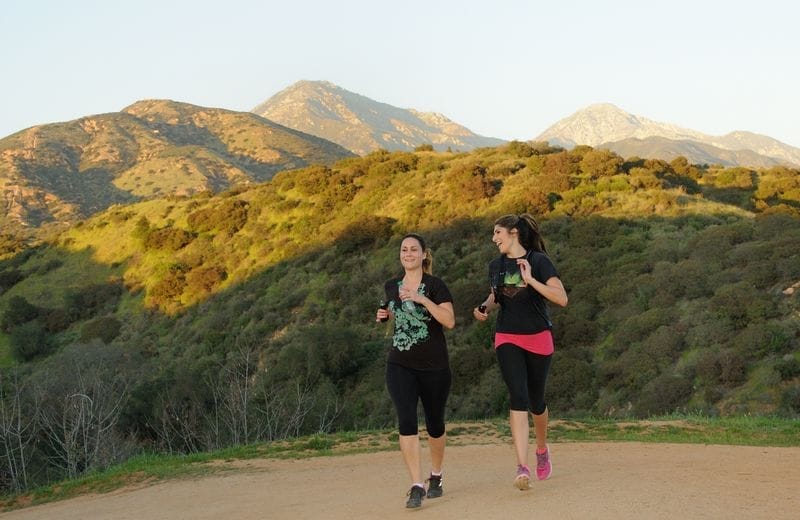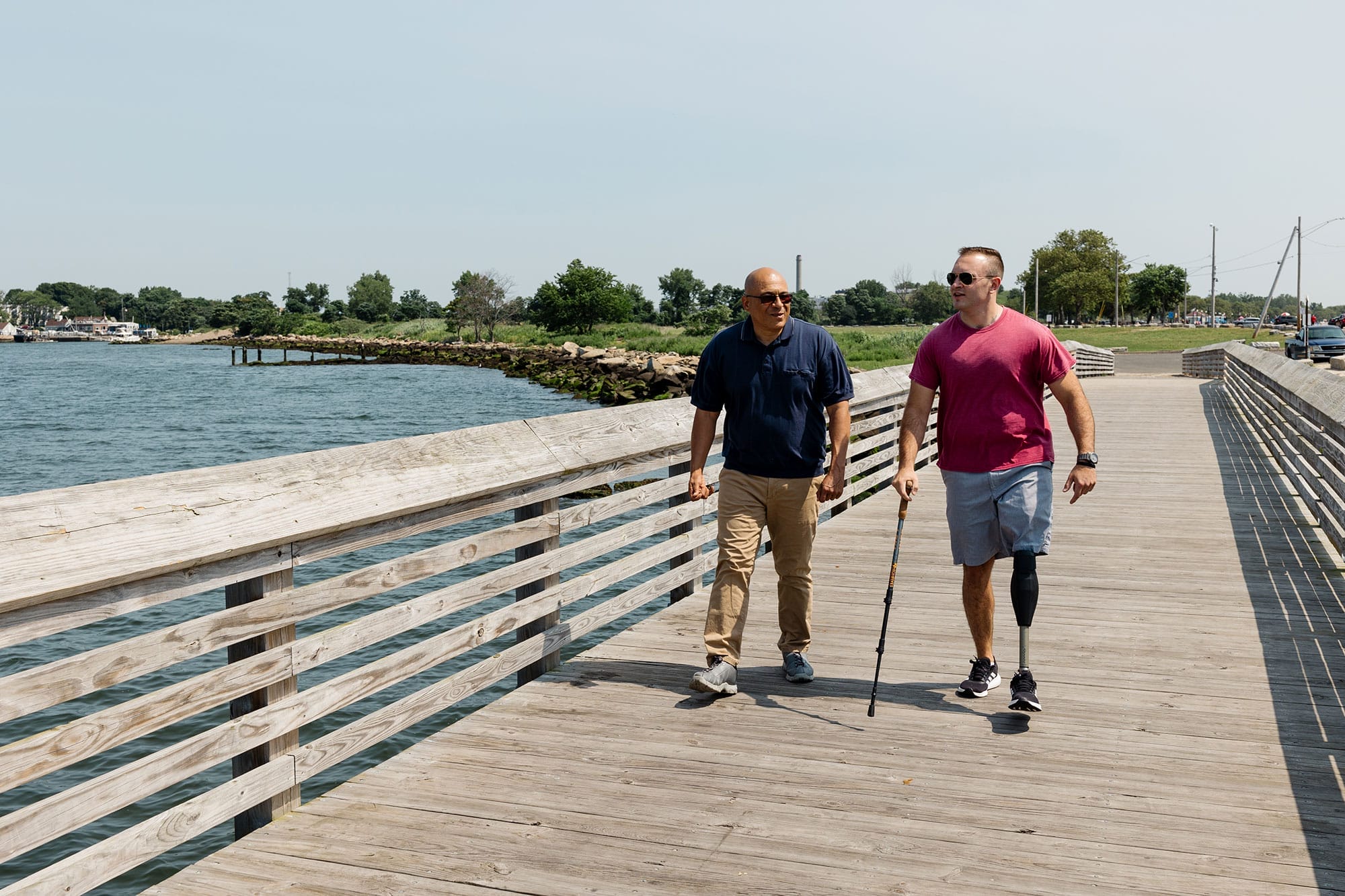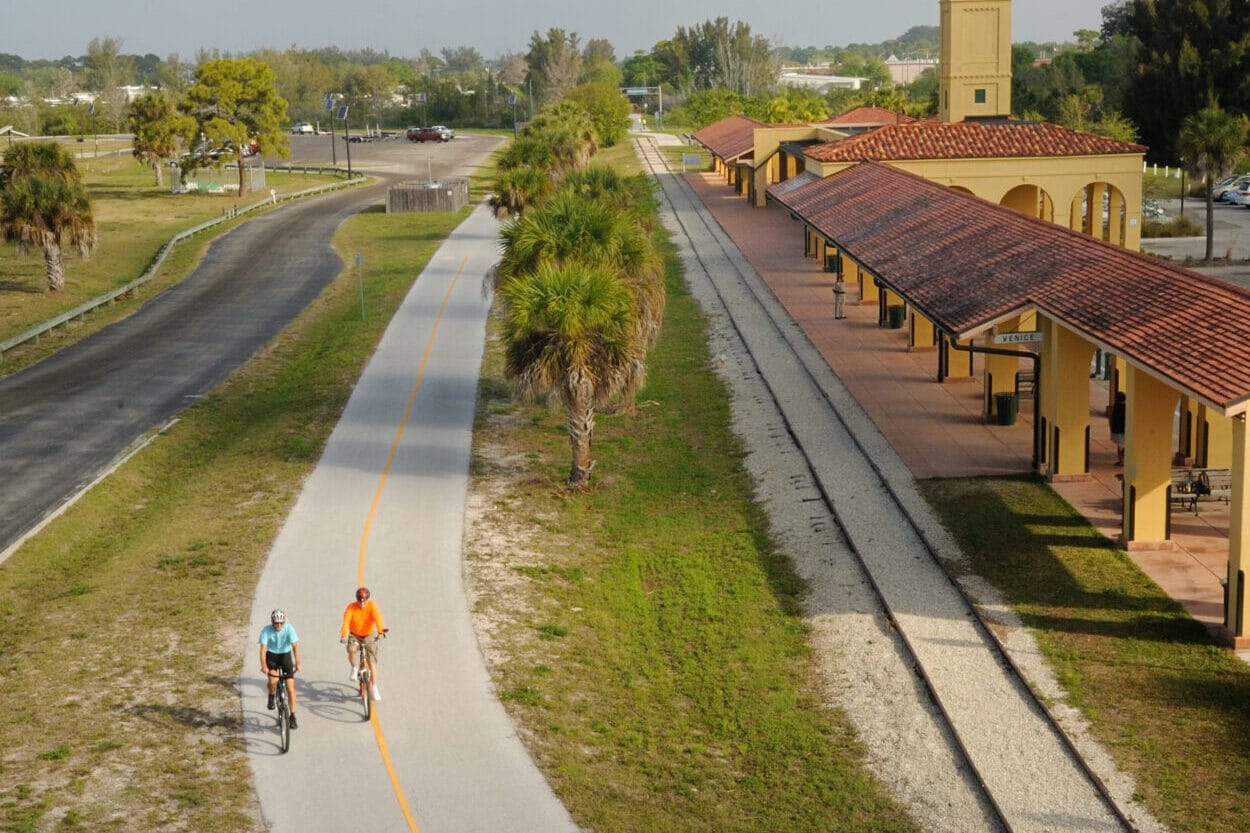
Solving the puzzle of sustainable growth in the real Twin Peaks
Solving the puzzle of sustainable growth in the real Twin Peaks
It’s a big week for fans of the TV show Twin Peaks: after a 25-year hiatus, the series wrapped up its third season on Sunday night. Since its debut in the early 1990s, the supernatural detective tale has gained a cult following for its quirky characters and twisty plot. And the setting—the woods, waters, and mountains around the fictional Pacific Northwest town of Twin Peaks—lend the story a spooky vibe that’s key to the show’s hold on pop culture.
Twin Peaks was filmed in and around North Bend, Washington, a real-life small town in the foothills of the Cascade Range. Situated 30 miles east of Seattle, North Bend was a quiet farming and timber community—“a one-stoplight town,” according to one local we talked to—when the Twin Peaks cast and crew descended to film the show’s first two seasons.
Since then, however, the Seattle metro has become one of the fastest-growing areas in the country. Demand for housing in the region is booming, and scenic North Bend is no exception. “More and more people are starting to see North Bend as a great place to live if you have to get to work in the city, but your heart is out in the mountains,” says the mayor, Ken Hearing. “It’s exciting, because growth brings vitality and opportunity to our town. But we want to make sure we grow in a way that doesn’t trample the beauty and access to outdoor recreation that brings people here in the first place.”
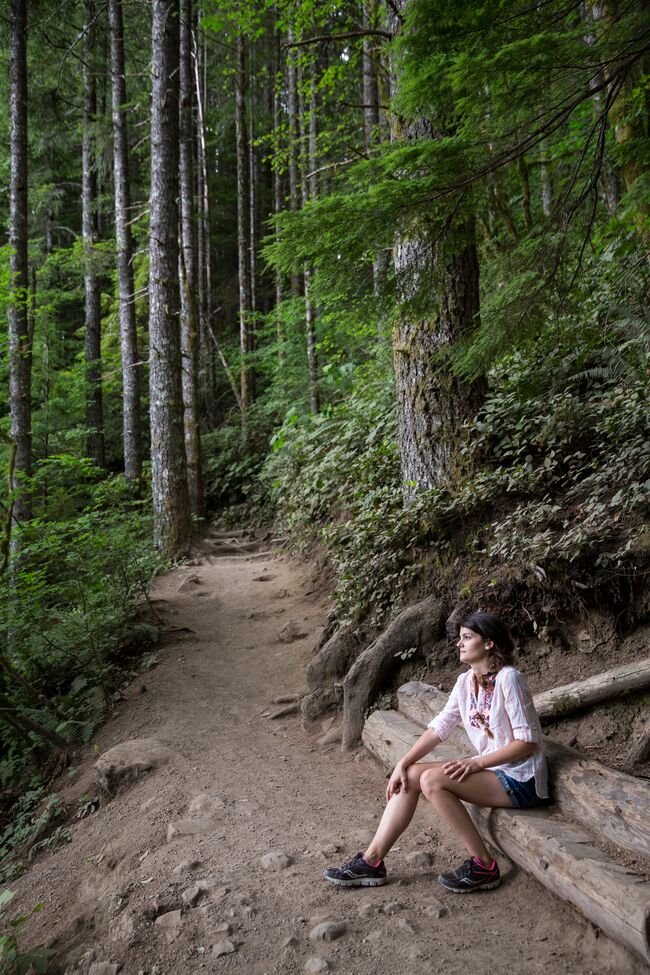 The new park will expand access to Rattlesnake Mountain via a trailhead within easy reach of downtown North Bend.Photo credit: Tegra Stone Nuess
The new park will expand access to Rattlesnake Mountain via a trailhead within easy reach of downtown North Bend.Photo credit: Tegra Stone Nuess
“North Bend is working through some growing pains right now,” agrees city planner Lynn Hyde. “People that grew up here remember it as this remote, idyllic community, and there’s some sadness at the thought of that changing. Meanwhile, we talk to people who are moving here because we’re the gateway to the Cascades: they want to be able to live where they play and commute to work. So the town generally agrees that keeping a hold on our small-town identity, our open space, and easy access to the outdoors is a priority.”
The Trust for Public Land is working with communities in the Snoqualmie Valley to strike a balance between growth and conservation that meets those goals. We’ve helped conserve thousands of acres in rural King County for recreation, wildlife habitat, and sustainable timber harvest—including expansions of the Raging River State Forest and the Rattlesnake Mountain Scenic Area, two popular recreation zones close to downtown North Bend. In March 2017, we helped the City of North Bend purchase a 32-acre property at the base of Rattlesnake Mountain. Once slated for subdivision and development, the thickly forested slope will instead become a public park adding access points to the Rattlesnake Mountain trails and a trail connection to Raging River State Forest.
“This new park in North Bend is the sort of project that will allow growth within the urban core, while making sure that recreation, water, and scenery are all protected for everyone’s benefit,” says Lynn Hyde.
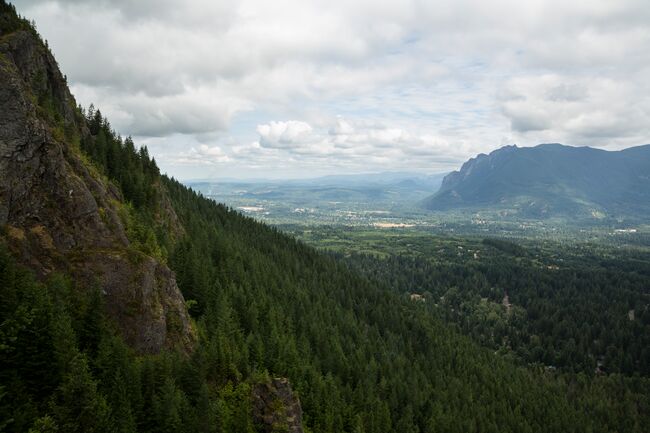 A housing boom in the Seattle metro has driven up demand for housing development in the peaceful Snoqualmie Valley. The Trust for Public Land is helping local communities grow sustainably by saving open spaces that benefit everyone.Photo credit: Darcy Kiefel
A housing boom in the Seattle metro has driven up demand for housing development in the peaceful Snoqualmie Valley. The Trust for Public Land is helping local communities grow sustainably by saving open spaces that benefit everyone.Photo credit: Darcy Kiefel
North Bend resident Peter O’Donnell grew up here and moved back after college and a few years working seasonal jobs elsewhere around the West. “I was living in Seattle, and anytime I wanted to hop on my bike or go skiing or climbing, I was always going through North Bend,” he says. “I dreamed about being able to play outside without having to worry about sitting in traffic or getting caught out in the dark on trail. So my wife and I decided to settle right back where I started.”
O’Donnell is excited for the new park in part because it’ll mean easier access to his favorite mountain biking trails. “To get to the trailhead now, we have to ride on a big road with cars whipping by going 50 miles per hour—and then grind up a super steep hill,” he says. “The new park will be real close to downtown, so bikers and hikers and anyone who wants to use the trails can roll right up and be on a trail in minutes.”
For Mayor Hearing, the new park is an expression of the town’s values. “We’ve been conserving land as a community since the early 1990s. Between North Bend and the town of Snoqualmie down the road, we have almost a thousand acres of city-owned open space. I see projects like this as our folks putting our money where our mouth is. Our town is ready to invest in a future that retains a sense of where we came from.”
The Active Transportation Infrastructure Investment Program (ATTIIP) is a vital initiative that helps expand trails connecting people to nature and their broader neighborhoods. Despite this importance, Congress allocated $0 for ATTIIP in this year’s appropriations process. We cannot delay investments in safe, active transportation systems. Urge Congress to fully fund the ATTIIP!


Donate to become a member, and you’ll receive a subscription to Land&People magazine, our biannual publication featuring exclusive, inspiring stories about our work connecting everyone to the outdoors.
See how our supporters are helping us connect people to the outdoors across the country.




